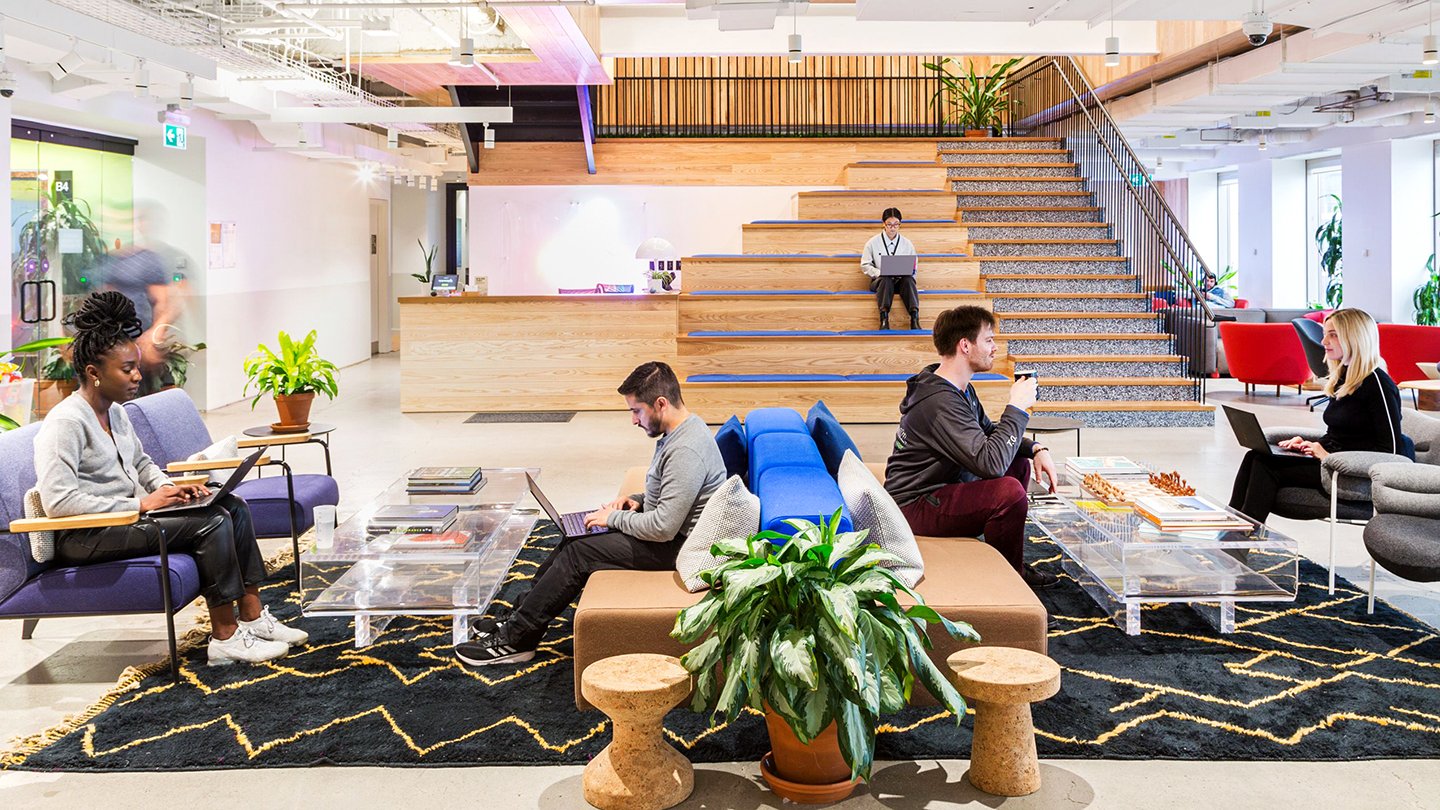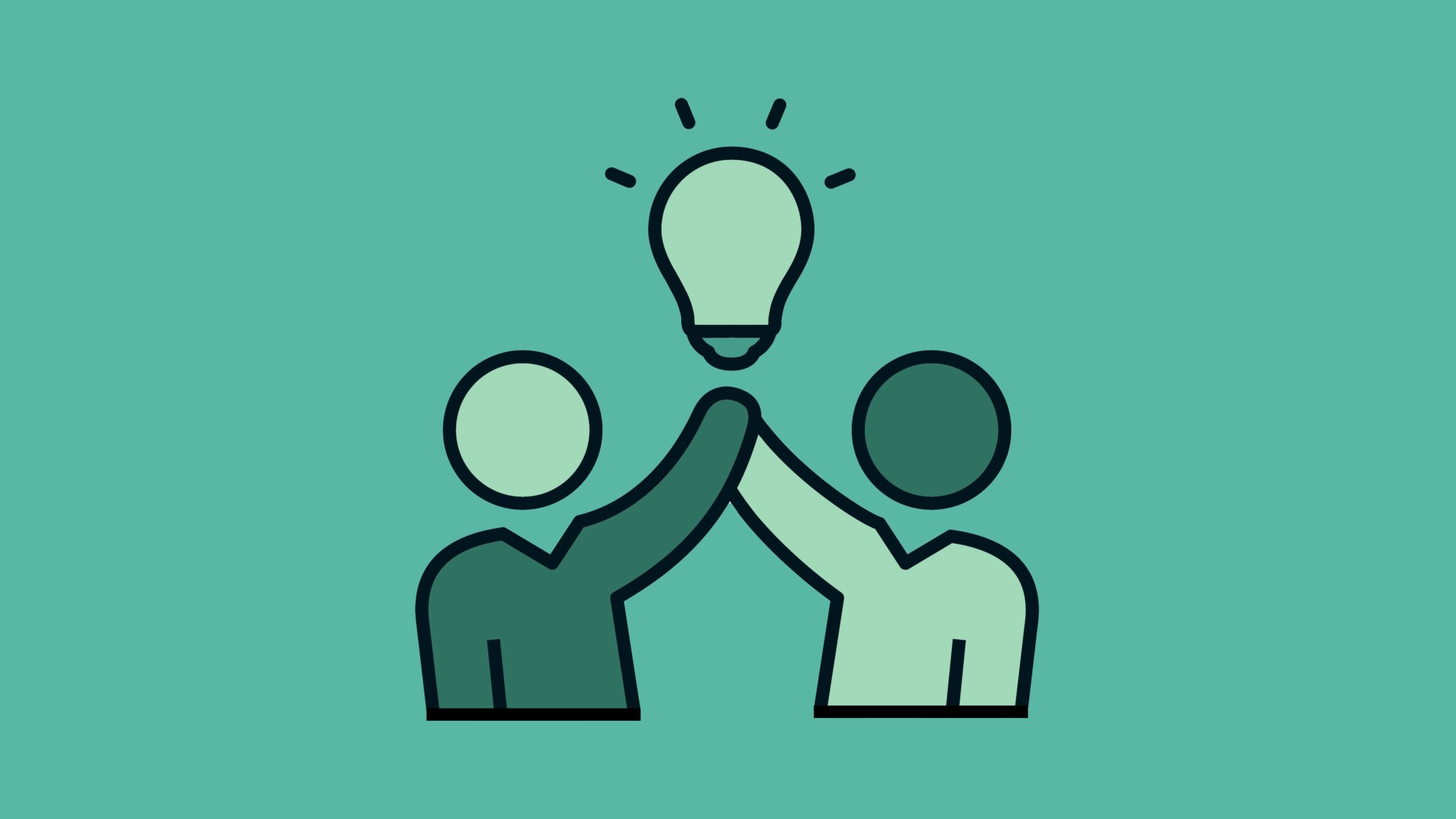This article originally appeared on HRD Connect.
The impact of the pandemic on our lives has been universal. It has created seismic waves in the world of work, providing an opportunity for companies to pause, reset, and reevaluate their working policies and business assets in this new era of uncertainty. Likewise, employees—who have been exposed to greater flexibility and autonomy—are also giving more thought to how, where, and when they want to work. They are paying more attention to the benefits that employers offer, prioritizing their well-being and safety more than ever before.
With the promising progress on COVID-19 vaccinations, the novelty of working from home long gone, and the increasing demand for flexible and safe workplaces, businesses must now explore ways to adopt a hybrid and human-centric approach. Health and safety must be at the forefront to ensure long-term employee satisfaction, strengthen business performance, and remain a competitor in the ongoing war to attract and retain top talent.
Here are four tips to help businesses engage your workforce and embrace a new style of working that places the employee at the core in the future of work.
Flexibility is the future
The past year has taught us many things; most notably that even though working from home can be done—and many have enjoyed this opportunity to spend more time with loved ones, balance domestic jobs, and spend less time commuting—it is not a long-term or sustainable solution for everyone. Remote work has proven, at times, to stifle productivity, collaboration, innovation, and well-being. In a recent survey in partnership with brightspot strategy, we found that the vast majority (90 percent) of people want to return to the office at least one day a week. Employees miss regularly reconnecting with colleagues and often feel unproductive and isolated at home.
The value of the office, therefore, remains intact—but as a repurposed space away from home to collaborate with colleagues and accommodate different working styles and tasks that can’t always be done at home. With this in mind, and especially with the newfound trust established between employer and employee over the past year, companies should look to explore new avenues of flexible working.
For example, adopting satellite offices across a city or country would allow your employees to work wherever is most convenient and suitable for them and reduce travel times in the process. For this very reason, at WeWork, we have been able to enhance our flexible offering and leverage our scale by launching WeWork All Access, a new membership product that gives our members access to any one of our hundreds of locations globally.
Health and safety takes center stage
Flexible working arrangements must support and amplify the tasks that can’t happen remotely, and employee safety—which has become even more critical since the start of the pandemic—is intrinsically linked to this. Enhancing cleaning measures and modifying space to adhere to new social distancing requirements and local government guidance are paramount. Companies should make these changes according to how their spaces are used; for example, high-traffic areas and meeting rooms should be altered to create a socially distanced layout and a new occupancy level.

What is also absolutely crucial is that when employees go into the office, they feel reassured; this can be achieved through increased communication by using behavioral signage to direct employees around the office safely and to enforce face-covering policies where applicable. Complimentary sanitizing products should also be dotted around each space.
At WeWork, we worked with internal experts and external advisers to implement precautions and protocols to instill confidence for both our employees and members. The agility of our business model means we were able to adapt our spaces and introduce these measures quickly and efficiently. Our modifications have been independently audited and verified by Bureau Veritas, a globally recognized audit agency.
User-centric design solutions in the future of work
With the renewed purpose of the office as a space away from home to be collaborative, creative, and productive, design must now play an important role in not only striking a balance between focus work and team projects but also in inspiring employees as they enter the space. Offices are no longer about having a desk to work at from Monday to Friday, and so making your design as flexible as possible allows you to adapt physical space based on what employees want from the office, almost overnight.
At WeWork, because of the nature of our spaces, we have been able to introduce collaboration hubs, taking our existing spaces and designing them to meet different working styles. We have also spoken to our members and employees to create bespoke solutions balanced around their evolving needs. Check in with your employees on a regular basis to understand their needs and what they would like from their workspace.
Employee sentiment and satisfaction
The pandemic has had a significant impact on mental well-being, and working from home full-time during lockdowns has left many employees feeling isolated and unmotivated. A recent study showed that returning to the office for four to five days a week (when restrictions allow) led to a 54 percent increase in morale, compared with those working from home. Now, as we begin to emerge from the pandemic, it is more important than ever to check in with your employees to see how they are and how they would like to work moving forward.
These insights should be the backbone of planning for the future of work. It is also essential that senior leadership not only takes a transparent and honest approach to let employees know about any upcoming policy changes or new working rotations, but also welcomes any feedback or new ideas. Checking in with my team on a regular basis has been critical in understanding how they are feeling. Their varying perspectives have also helped shape and improve some of our initiatives.

Company leaders should also look to create virtual events and employee perks to keep employees engaged and connected, whether they are at home or in the office. At WeWork, we partnered with Unmind, the workplace mental health platform, and have introduced a virtual events program for members and employees; so far, we have hosted over 900 events online.
The past year has been incredibly tough, but it has also created a unique opportunity to shift to a more agile and human-centric approach in the future of work—something which employees have always wanted and needed. With a new trust between employers and their employees, repurposing the office as a space for collaboration and productivity and injecting greater flexibility into your working policies are key to surviving and thriving in the future of work.
Sharon Bachar is a seasoned executive with vast global experience in HR leadership roles, for both international enterprises and startups. She has unique expertise in building and developing leadership teams and a working environment that inspires people and teams to realize their full potential and achieve their business objectives. Bachar joined WeWork in 2018 and is currently the head of people, international. Prior to WeWork, she was HR leader at Cisco in EMEA. In her role, she was responsible for providing overall HR support to the Geo.
Rethinking your workspace?










